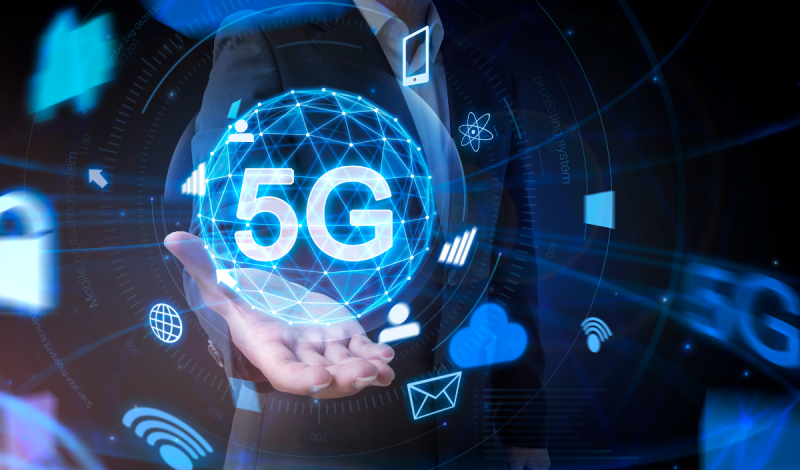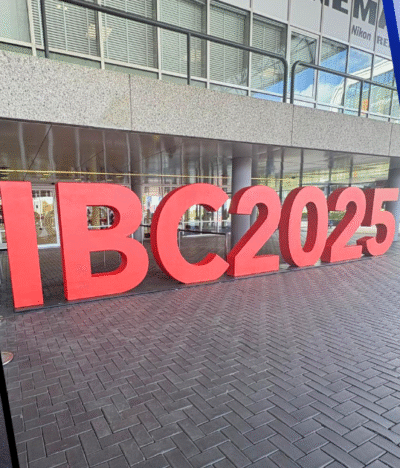Much has been discussed about the potential for 5G to change the nature of content distribution. End users, particularly of smartphones and tablets are promised much faster download speeds and access to interactivity and compelling entertainment experiences including AR and VR. Some of it is already with us as the networks roll out, although recent concerns by some countries about national security may slow that roll out down.
But 5G will deliver much more than lower network latency and higher data throughput for wireless broadband users. Its impact on fixed broadband, broadcast television and content production – particularly in the sports and live events space as remote production becomes easier and more accessible – has the potential to be just as dramatic. Of course, it will bring improved picture quality through Ultra HD 4K along with better audio and interactive opportunities, but it will also draw over-the-air broadcast, internet and OTT services closer though the introduction of IP based NextGenTV. Satellite, cable and streaming users may not see much of a difference at first, but antenna delivered broadcast services is where the biggest potential impact will be seen, quite literally.
One of the most intriguing aspects of this new era of 5G enabled TV is the possibility for the disruption and rebalancing of the traditional revenue bases of those involved. The prospect of localised services and far more targeted advertising will be appealing for the largely advertising supported TV broadcasters whose main revenue stream has been under pressure from the internet in recent years; wireless network operators, on the other hand may be fearful that the data most end users currently purchase in order to watch content on mobile devices will become cheaper or even free to use once broadcasters become the gate keepers. Thus, we are likely to see ever increasing partnerships between the content owners and the mobile, wireless and broadband networks. That combination will also present challenges to the traditional television networks as the combined buying power of the new multi-disciplined broadcast operators increases rights costs in much the same way as satellite and cable platforms drove up the cost of television sports rights in the past.
“ Satellite, cable and streaming users may not see much of a difference at first, but antenna delivered broadcast services is where the biggest potential impact will be seen, quite literally.”






